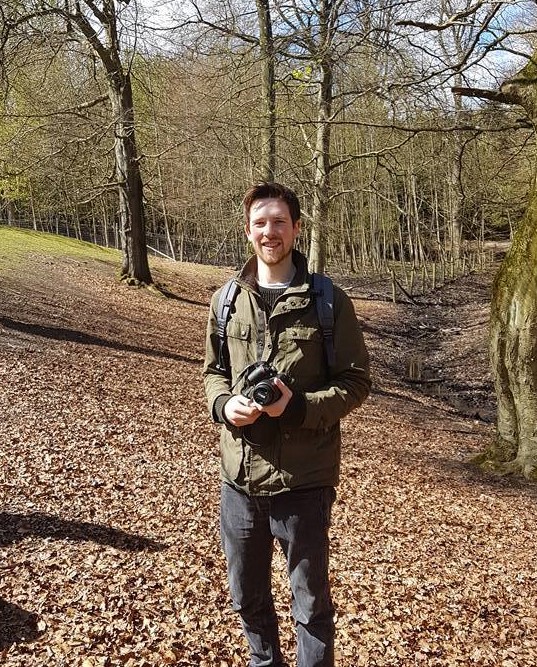Meet our Principal Project Adviser - Rob Wreglesworth
Full name and job title
Rob Wreglesworth
Principal Project Adviser – Habitat Banks North

How long have you worked at Environment Bank
Around 3 years
What do you enjoy most about your job
Getting to work at a company that is at the forefront of something new and exciting, working alongside a team of like-minded people that are all extremely passionate about the things we do. It’s exciting to work for a company that encourages and nurtures a culture of innovation, knowledge sharing and idea testing from top to bottom.
What attracted you to work at the Environment Bank
When I started at Environment Bank there were only 5 full time staff and so it had that ‘start-up’ feel to it, but I could see the vision of the Chairman and I knew it wouldn’t be long before the company really took off in a big way. I’ve always admired companies that try and do things differently and push back against industry norms which many larger companies would not risk trying to disrupt. That disruptive approach has always been at the heart of what Environment Bank was trying to do. How things worked in the ecology industry wasn’t working and Environment Bank wasn’t afraid to admit that and try and change things.
How is your work – and the work of Environment Bank – making a difference?
Impacts on biodiversity through development has been an issue for a long time, it has always been very reactive, and at best simply damage limitation through measures such as protected species legislation. Environment Bank has set out to re-shape how this entire problem is tackled, through their work on pushing for a biodiversity net-gain policy in law, to their innovative habitat banking model, which is flipping that reactive approach we’ve had towards biodiversity loss to a proactive one instead.
The Environment Bank’s purpose is to secure the long term future of the planet. How are you supporting that aim through your job?
Everything Environment Bank does has a long term focus. The Habitat Bank model sees Environment Bank securing land and funding up front for a minimum of 30 years, a unique approach which takes away the risk that a project might fail after a short amount of time. The entire Habitat Bank model is also underpinned by a huge amount of work to make sure the long-term success of the sites is ensured. This starts with finding the right landowners to collaborate with and extensive survey work before a site is even selected, this is supplemented with annual monitoring and adaptation of management plans where needed. Its great to work on projects that you know are secure and will be delivered to a high standard for the long term, something quite rare in a time where there is so much uncertainty in the world.
Who or what inspires you?
At the moment it’s the farmers and landowners we are speaking to that are inspiring me. Many have great passion for improving the environment and the biodiversity of the countryside, they might have ideas already and they know the land, what might and might not work etc. It really feels like a collaboration discussing how biodiversity enhancements can work alongside other farming practices in synergy, I often return from those visits with a new sense of hope and drive for the work we are doing.
